Choosing wireless headphones for a metal detector

Searching for treasures and archaeological excavations, determining the location of hidden underground communications are impossible without the use of special equipment. Wireless metal detector headphones are the optimal accessory to maximize the accuracy and speed of detecting the items you are looking for. How to choose them and connect via Bluetooth, which you definitely need to pay attention to, is worth learning in more detail.


Advantages and disadvantages
Wireless metal detector headphones that support Bluetooth or radio are a useful accessory to distinguish even the weakest signals. Among their obvious advantages, there are several.
- Complete freedom of action. The absence of wires makes using the accessory convenient and effective, especially on rough terrain, where it is not at all difficult to catch on to a bush or tree.
- Autonomy. The built-in rechargeable batteries of wireless devices have a capacity reserve of 20-30 hours.
- Improving the performance of the metal detector. Practice shows that the intensity and depth of search using wireless communication standards increases by 20-30% or more.
- Improving the clarity of signal reception. Even the quietest sounds can be heard in models isolated from extraneous external noise. An additional plus - the volume can be adjusted.
- The ability to search in adverse conditions. Strong winds or other obstacles will not interfere with operation.
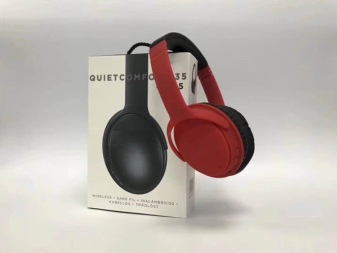
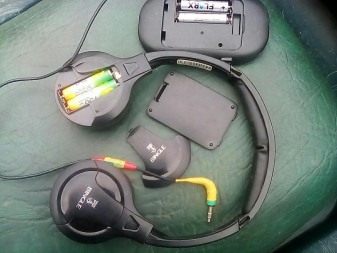
There are also disadvantages. In the heat of summer, full-size, closed cups tend to overheat. In addition, not every search engine is ready to be in them for a long time.
It is very important to choose a comfortable model, designed specifically for street use, with an adjustable headband and full-size performance.
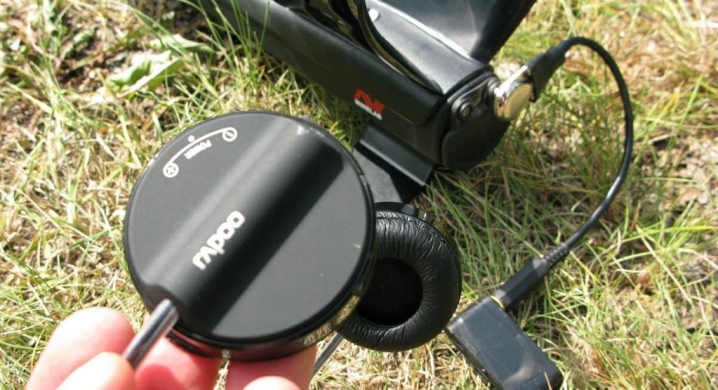
Popular models
There are models that are popular.
- Among the current wireless headphones used in combination with a metal detector, we can note "Svarog 106"... This option is considered universal, it costs less than 5 thousand rubles, the kit includes a transmitter that is connected to the input for external acoustics through the supplied adapter. The receiver is the wireless accessory itself. The model perfectly transmits even the quietest sounds without noticeable delay, has a comfortable headband and soft high-quality ear pads. The battery lasts for more than 12 hours of continuous use.
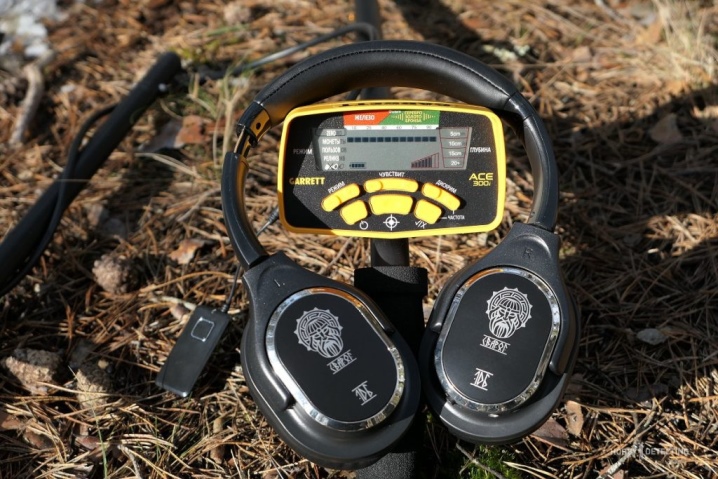
- Headphones are no less in demand Deteknix Wirefree PROproduced by a well-known American manufacturer. Communication is maintained over a 2.4 GHz radio channel through the included transmitter. The model has full-size cups that house a control unit, a rechargeable battery and a signal receiving module. To fix the cable for the transmitter on the rod of the metal detector, special fasteners are used. The equipment is capable of maintaining autonomous operation for 12 hours without recharging.
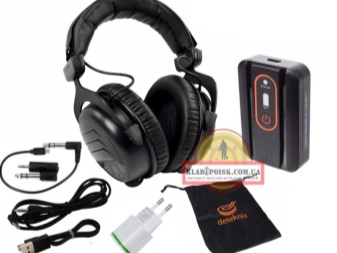
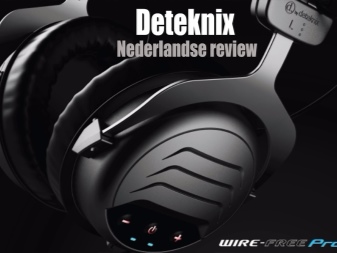
- Deteknix w6 - a model of headphones for connecting to metal detectors used in working with different types of soil, a transmitter for transmitting a Bluetooth signal is included in the kit. Externally, the accessory looks modern, it is lightweight and has comfortable ear pads. The complete transmitter is designed for a 6 mm socket in the control unit. If the input diameter is 3.5 mm, you need to purchase the Deteknix W3 model with the appropriate plug or use an adapter. The cups are swivel, folding, there are controls on the case, there is a special case for transportation.
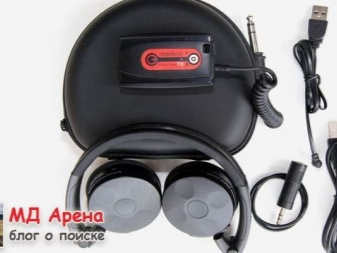
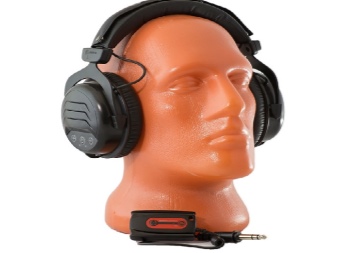
Criterias of choice
Experienced diggers and search engines pay great attention to the compatibility of headphones and a metal detector. Many modern manufacturers produce serial and fully compatible accessories, but they are quite expensive.
Conventional models that meet certain requirements can also be adapted to work.
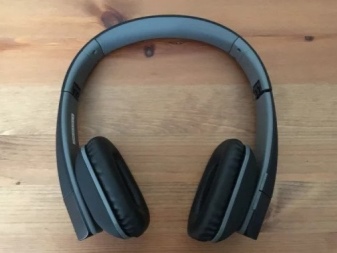
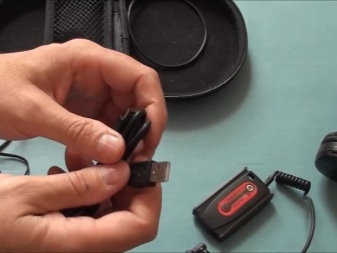
There are important criteria for choosing wireless options for your metal detector. They make it easy and simple to find a suitable model of auxiliary acoustics for working with search devices.
- Response speed. Ideally, it should be zero. With Bluetooth, latency is more common, this difference can be critical.
- Working frequency range. Standard readings range from 20 Hz to 20,000 Hz. Such headphones will broadcast all frequencies audible to the human ear.
- Moisture protection. The higher it is, the more reliable devices will prove themselves in extreme conditions. The best models in a sealed case can withstand even direct contact with rain or hail.
- Sensitivity. To work with a metal detector, it must be at least 90 dB.
- Duration of continuous work. The longer the headphones can function without recharging, the better.
- Sound insulation level. It is better to choose models in which you can hear the sound of footsteps or voices. Complete insulation would be unnecessary.

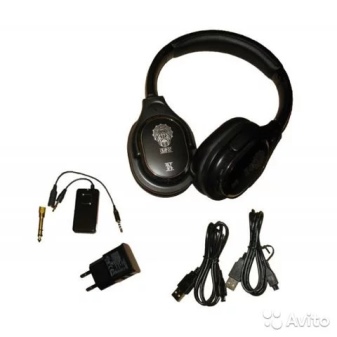
How to connect?
The process of connecting wireless Bluetooth headphones does not take long. A transmitter - a wireless signal transmitter is inserted into the connector for the wired connection located on the housing of the control unit. These accessories are versatile, they are used in addition to television technology, and in other areas.
After that, Bluetooth is activated on the adapter-transmitter, the headphones are put into pairing mode and pair with the signal source.
When it comes to maintaining communication over a radio channel, it is enough to connect the receiver and transmitter to each other at fixed frequencies. A portable radio or other signal source is in the arsenal of almost every master. With a 3.5mm AUX input, the problem is solved simply by using the receiver and transmitter. Sometimes it is necessary to use an adapter to reduce the diameter from 5.5 to 3.5 mm.
An overview of one of the models in the video.













The comment was sent successfully.